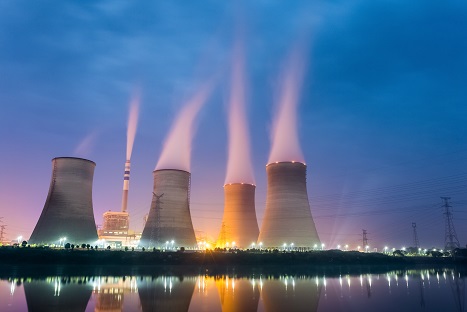Nuclear energy network works to improve safety

Related topics
Energy Innovation Secure, clean and efficient energy Belgium Bulgaria Czechia France Germany Greece Hungary Italy Lithuania Romania Slovak Republic Spain Sweden United Kingdom Canada Korea, Republic Of India United States of Americadate: 05/04/2016
Project: Severe Accident Research Network of Exce...
acronym: SARNET-2
See also: CORDIS
The network was established in 2004 by the first SARNET project and further developed in SARNET2. SARNET2 continued addressing knowledge gaps relating to safety and severe accident management at water-cooled nuclear power plants.
SARNET2 helped improve software, called ‘ASTEC’, that simulates hypothetical severe accidents in such plants. It simulates events such as the degradation of a nuclear plant’s core and the release of radioactive materials. The software allows nuclear plant operators and technical safety organisations to test their accident responses and management capabilities in these scenarios.
After SARNET2 ended in March 2013, the network was integrated in the Nuclear Generation II & III Association (NUGENIA), ensuring its continuation.
Through NUGENIA the network continues to organise technical workshops, international conferences, and educational and training courses. Members can pool resources, conduct research, and carry out simulations of severe accidents with other members through the network, with the aim of improving safety at nuclear power plants in Europe and elsewhere.
The project also contributed to NUGENIA’s 2015 research roadmap by ranking safety priorities on severe accidents that need addressing, says project coordinator Jean-Pierre Van Dorsselaere of France’s Institut de radioprotection et de sûreté nucléaire (IRSN).
“The Fukushima-Daiichi accidents in 2011 did not influence this ranking a lot because most physical phenomena that occurred were already considered in SARNET as high-priority,” he says. “But this ranking underlined the need to address a few safety issues more deeply, such as for example the behaviour of molten core materials in boiling water reactors and accidents in spent fuel pools.”
Several EU-funded projects have based their research on SARNET2’s contributions. These include CESAM, which is improving ASTEC as a European reference tool for severe accident management.
